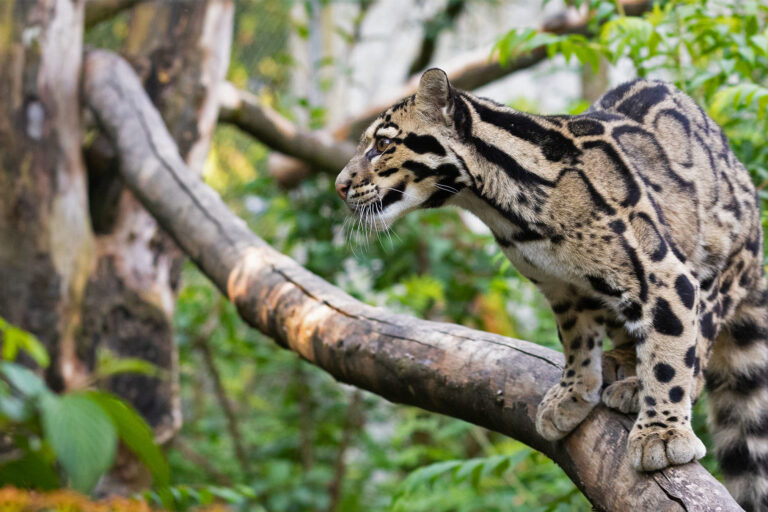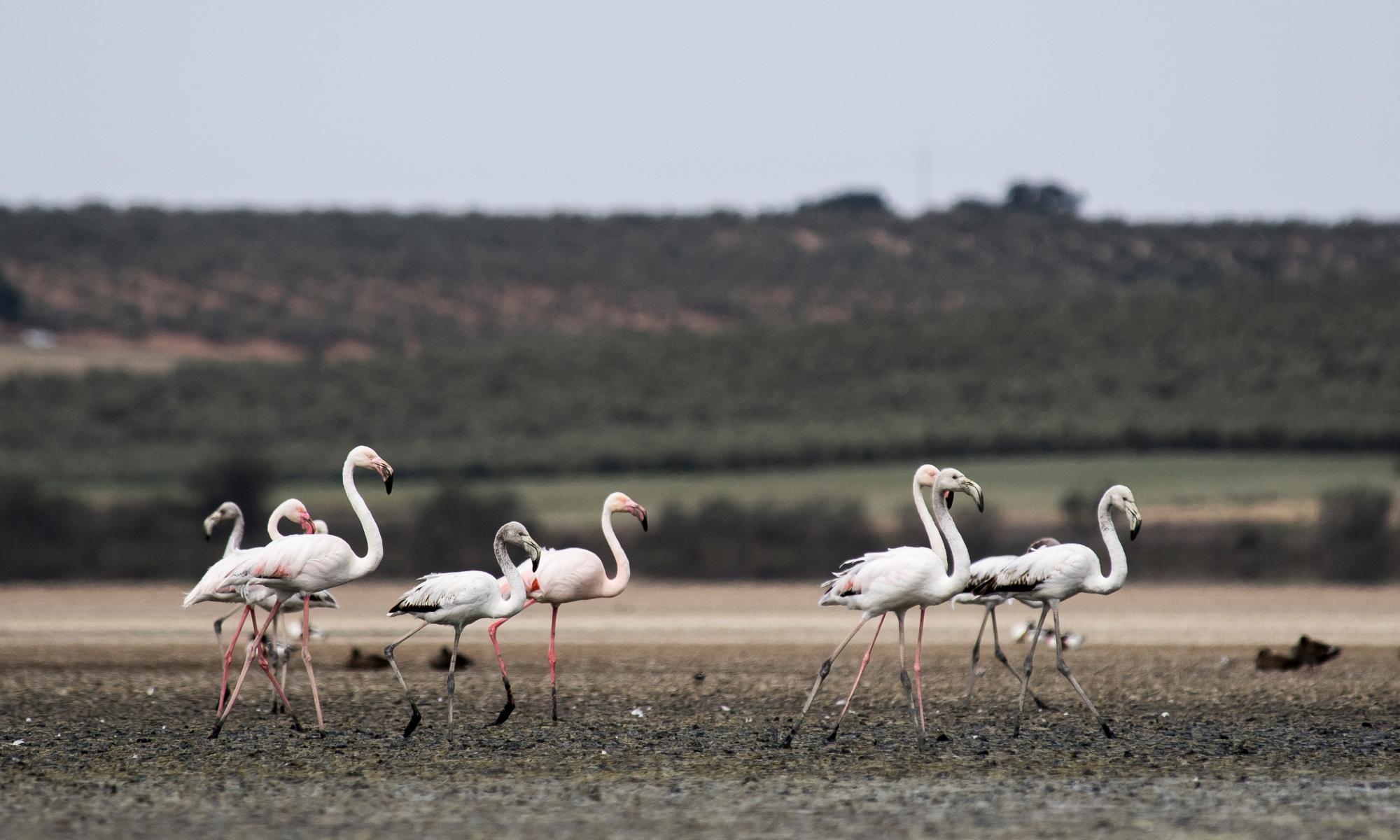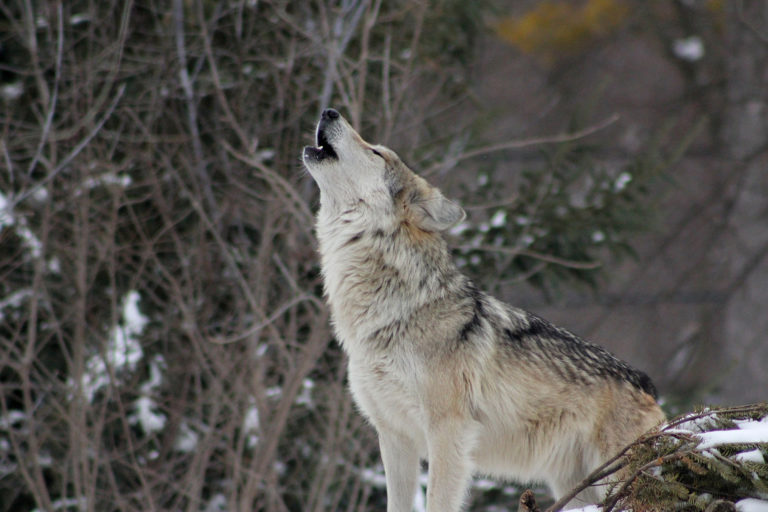I had no idea that she was so close to me. Absorbed by the sweep of the arctic terns overhead, I crouch down to get a closer look at the flowering plants near the path, and suddenly start back when I realise a female eider duck has been inches from my feet all along. Her plumage is mottled, camouflaging brown – a distinct contrast to the male’s eye-catching black, white and green attire – and she seems entirely unfazed by me.
During the breeding season, the density of oceangoing animal and bird life packed into the Farne Islands – a small cluster of volcanic outcrops barely rising above the swelling and crashing North Sea – is overwhelming. Tens of thousands of cacophonous guillemots, razorbills, kittiwakes and shags crowd on to dark, guano-streaked cliffs, nurturing nests on minuscule ledges. Puffins scurry in and out of burrows amid swathes of sea campion. Grey seals slink through the waves around isolated outcrops. The air around the islands is dense with traffic, birds streaming through the sky on an endless number of errands, many carrying fish freshly plundered from the water.

I am struck by how seemingly unbothered the animals are by the occasional presence of people. Every day, tourist boats arrive on the island for hour-long visits. The walkways are roped off, but we still are within touching distance of the birds, close enough to watch the nest-building of shags, the bonding rituals of razorbills, the noisy competitions for cliff space among guillemots, and the careful egg-guarding of kittiwakes (the dive-bombing arctic terns, which have been known to draw blood from visitors, are something of an exception to the sense of tolerance, but they breed here successfully).
All is carefully managed by the National Trust. Rangers staff the islands most of the year, visits are supervised, dogs are banned. But this place, which represents perhaps the nearest thing England has to “wilderness”, refutes the simplistic notion that the presence of people is disturbing to wildlife. If we behave the right way, and understand our place, nature often reciprocates with a disarming level of trust.
• Country Diary is on Twitter at @gdncountrydiary


